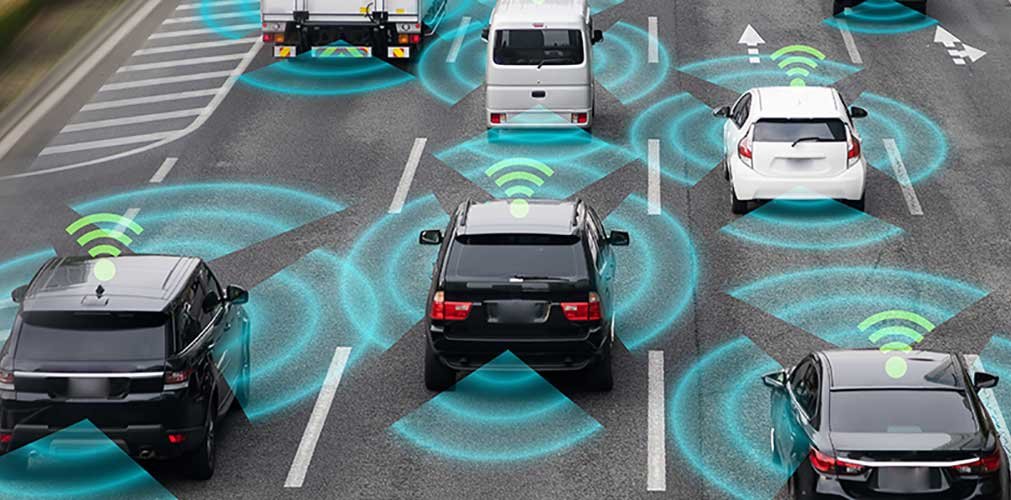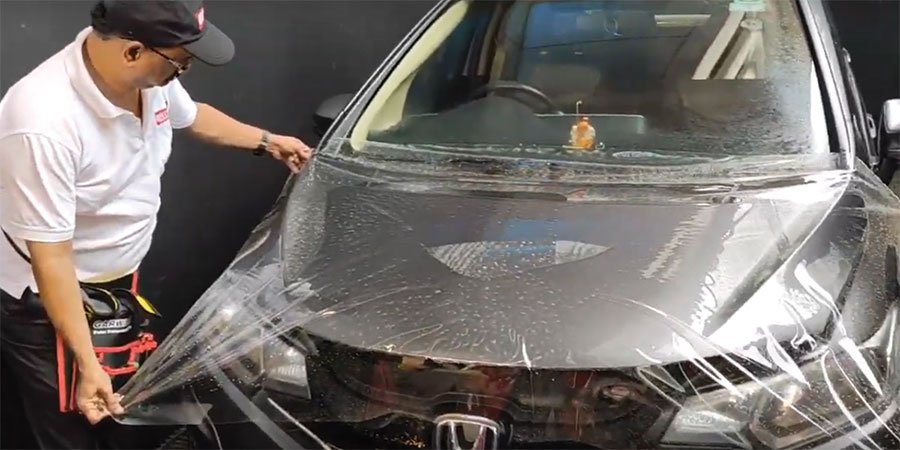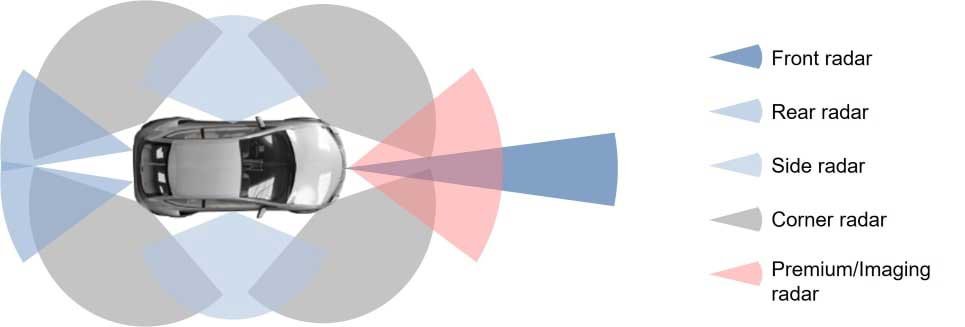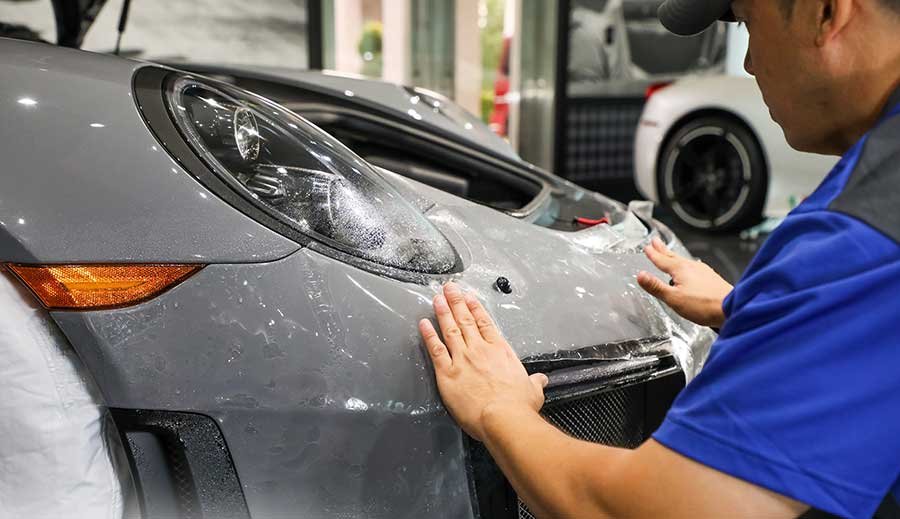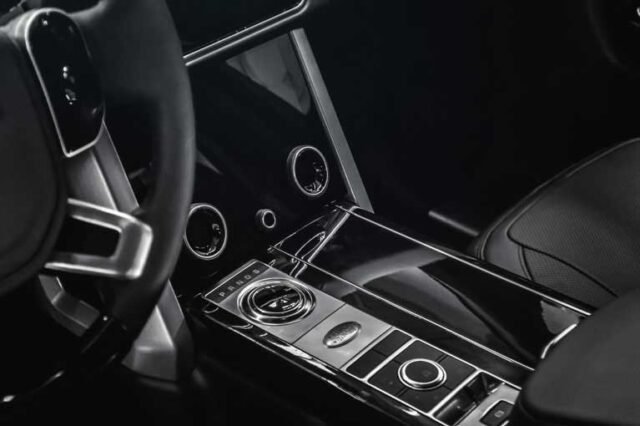Paint Protection Film (PPF) has become increasingly popular among vehicle owners as a means to safeguard their car’s exterior from scratches, chips, and other damages. However, as advanced safety features like radar and sensors become standard in modern vehicles, concerns arise regarding the potential PPF interference with radar technologies.
• Understanding PPF:
PPF, also known as clear bra or paint film, is a transparent thermoplastic urethane film applied to the exterior of a vehicle to protect the paint from damage. It acts as a barrier against road debris, insects, and environmental elements while maintaining the aesthetics of the car’s finish.
Read more
• What is PPF ?
• Types of Vehicle Radars:
Modern automobiles are equipped with various types of radar systems for different purposes, including:
1. Adaptive Cruise Control (ACC) radar: Monitors the distance between vehicles and adjusts speed accordingly.
2. Blind Spot Detection (BSD) radar: Alerts drivers to vehicles in their blind spots.
3. Collision Avoidance radar: Detects potential collisions and initiates braking to prevent accidents.
4. Parking Assist radar: Assists drivers in parking by detecting nearby obstacles.
• PPF Interference with Radar:
1. Impact on ACC Radar: PPF interference with ACC radar systems can result in inaccurate distance measurements between vehicles, potentially affecting the effectiveness of adaptive cruise control.
2. Challenges with BSD Radar: PPF may obstruct the detection capabilities of BSD radar sensors, compromising the system’s ability to warn drivers of vehicles in adjacent lanes.
3. Concerns with Collision Avoidance Radar: PPF interference with collision avoidance radar can hinder the detection of obstacles and decrease the system’s responsiveness in emergency situations.
4. Issues with Parking Assist Radar: PPF obstruction of parking assist radar sensors may lead to inaccurate detection of obstacles, increasing the risk of collisions while parking.
• Expert Solutions:
Automotive experts address the potential interference of PPF with radar and sensor technologies through:
1. Proper Installation Techniques: Experienced installers ensure that PPF is applied evenly and without air bubbles, minimizing PPF interference with radar signals.
2. Use of PPF Compatible Materials: Selecting PPF products specifically designed to be compatible with radar and sensor technologies reduces the likelihood of interference.
3. Testing and Calibration: After PPF installation, vehicles undergo rigorous testing and calibration procedures to verify the proper functioning of radar and sensor systems.
4. Continuous Innovation: Manufacturers of PPF and automotive technologies collaborate to develop advanced solutions that mitigate interference issues and enhance overall vehicle safety.
• Prevention Measures:
To mitigate the risk of PPF interfering with radar and sensor technologies, vehicle owners can consider the following prevention measures:
1. Regular Maintenance: Periodic inspection and maintenance of PPF to ensure it remains intact and does not interfere with radar signals.
2. Awareness and Education: Educating vehicle owners about the potential risks of PPF interference with radar and sensor technologies and providing guidance on proper installation and maintenance.
3. Collaboration with Manufacturers: Collaboration between PPF manufacturers and automotive companies to develop PPF materials that are specifically designed to minimize PPF interference with radar and sensor technologies.
4. Consultation with Experts: Seeking advice from automotive experts and professionals specializing in radar and sensor technologies to ensure the proper integration of PPF with vehicle safety systems.
• Conclusion:
While the use of PPF offers valuable protection for vehicle exteriors, it is essential to consider its potential impact on radar and sensor technologies.
By employing expert installation techniques and utilizing PPF-compatible materials, vehicle owners can safeguard their cars without compromising safety features. Continuous innovation and collaboration within the automotive industry ensure that PPF interference concerns are effectively addressed, allowing drivers to enjoy the benefits of both protection and advanced safety technology in their vehicles. Taking preventive measures and consulting with experts can further enhance the integration of PPF with radar and sensor systems, ensuring optimal performance and safety on the road.
We at GT Auto MTL take great pride in our commitment to innovation and excellence in the automotive industry. With our dedicated team of experts and our focus on cutting-edge technology, we ensure that our products, including PPF, integrate seamlessly with vehicle radar and sensor systems. Rest assured, when you choose GT Auto MTL, you’re choosing reliability and performance without compromise. Trust us to deliver the best solutions, so you can drive with confidence knowing that your vehicle’s safety features remain uncompromised.”



